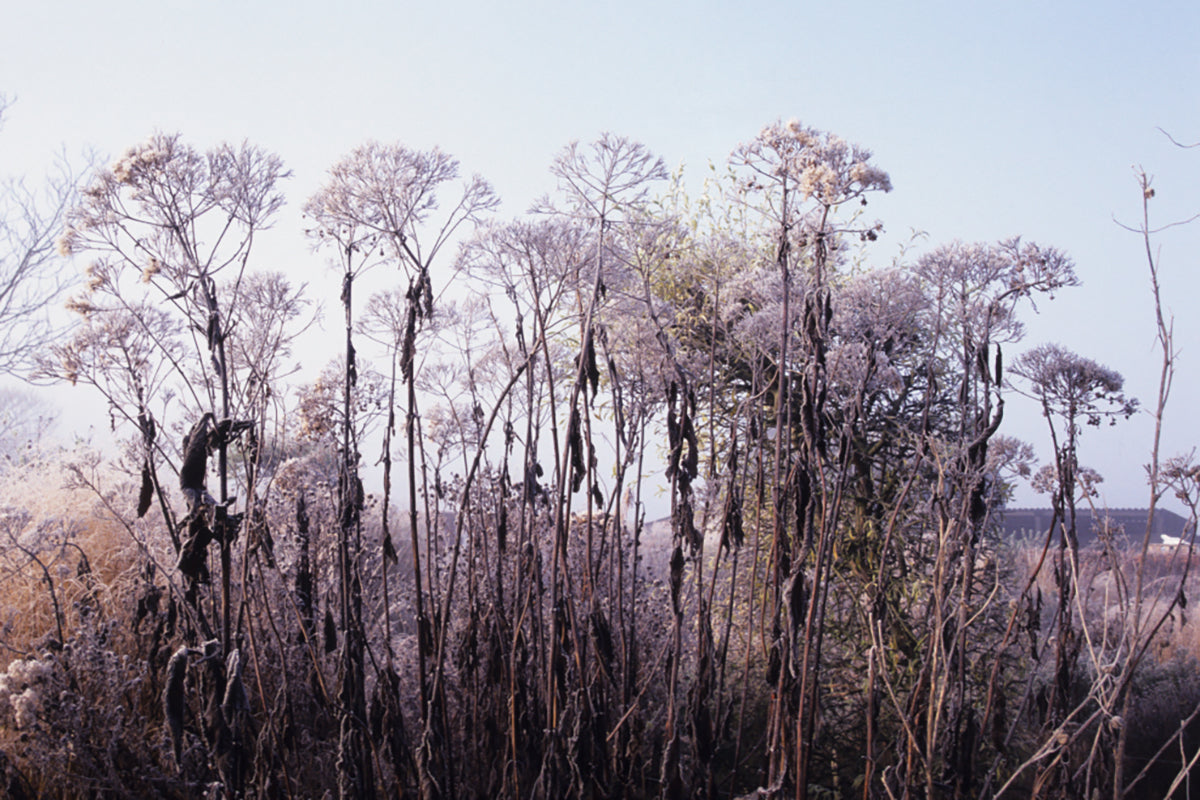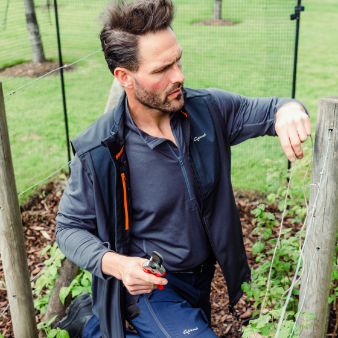Seed heads

In the gardening past it was normal practice to cut back seed heads and other dead herbaceous plant material in autumn leaving beds and borders of bare soil. We are far more likely to leave them standing now, a recognition that they have a beauty of their own and the fact that the seed (and insect larvae) they might contain is much appreciated by birds in winter, and who would deny the sight of goldfinches feasting?
The fact is however that many seed heads don't stand well, and especially in the west of the British Isles, autumn storms and rain can soon reduce many perennials to an unsightly mush. When we lived in Herefordshire, we got used to a two-stage cut-back, firstly in November when we took out the ones that had collapsed or were about to, leaving those that were standing well, mainly grasses and a few really strong perennials. These we didn't deal with until well after Christmas. They certainly gave character to plantings which would otherwise have been very bare.
Siting perennials for early winter seed head interest is crucial. They need to get the low warm-wavelength light of late autumn and early winter which is perfect for making the most out of the myriad russet shades that seed heads and dead perennial foliage has. Grasses are often best back-lit, so that their seed heads shine against a dark background. And the further north you live, the better and longer will be this display. But even in the dreariest weather, the silhouettes of taller perennials add a special something to the winter garden.
Dr Noel Kingsbury







